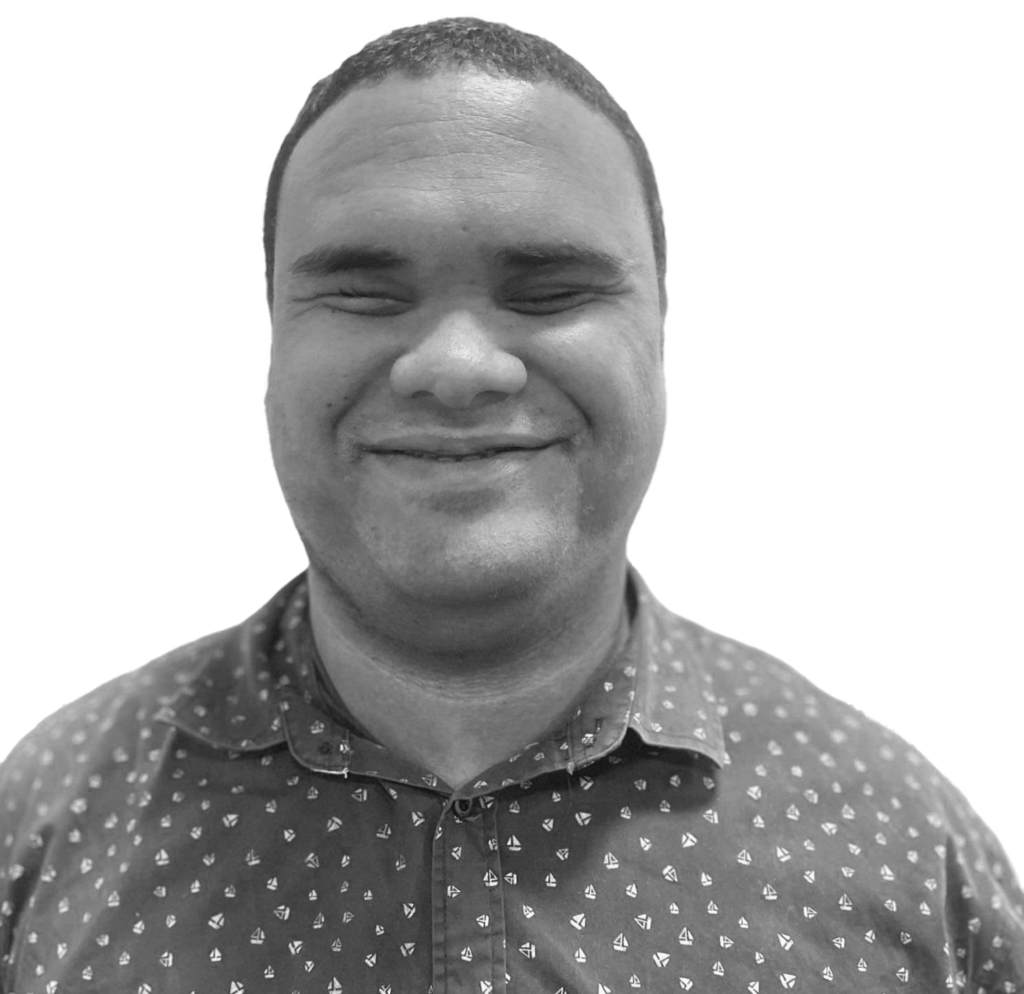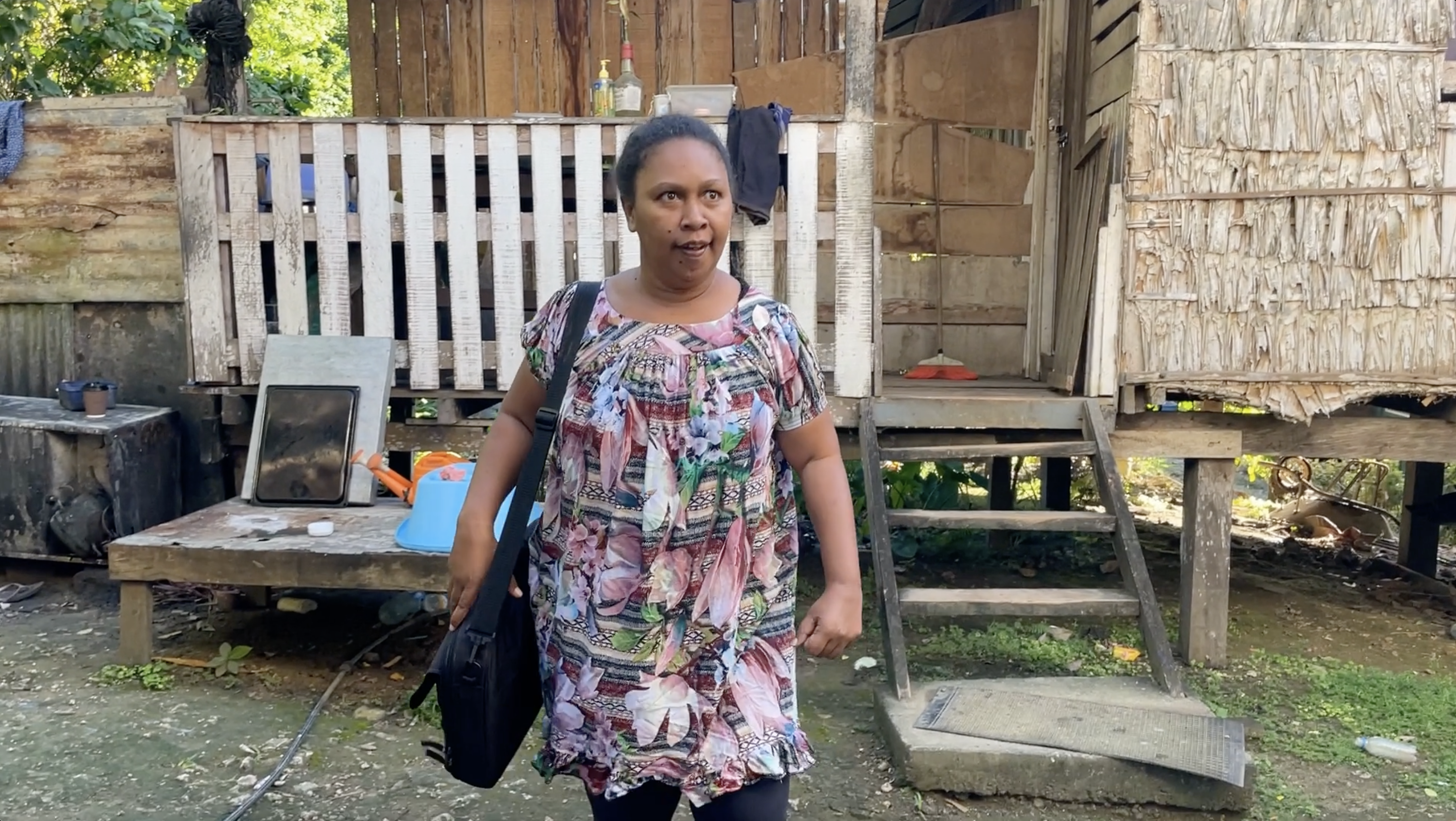Film
‘Knowledge is Power’
Samoa Blind Person’s Association Translates Life-Saving Natural Disaster Protocol into Braille
Read our instructions on how to watch the video on Able Player.
The United Nations Convention on the Rights of Persons with Disabilities (UNCRPD) cites “access to information and emergency services” as a human right, but for Pacific Islanders with disabilities, accessible disaster response information isn’t always available during an emergency. The Samoa Blind Persons Association (SBPA) established the first-ever Braille unit in Samoa in 2018 to produce Braille electronically. This past month, SBPA Vice President Herbert Bell and SBPA Program Manager Hillier Pouesi produced the first Braille translation of the Samoan government’s disaster risk management booklet. This film’s producer, DJP Fellow Ari Hazelman, was a key advocate in this enormous step forward in disability and climate justice.

Filmmaker: Ari Tommy Hazelman
Ari Tommy Hazelman is a blind 34-year-old Samoan man posted as the disability inclusive officer for the Samoa Blind Persons Association, (SBPA), the only association in Samoa that deals with issues affecting blind and visually impaired people. Hazelman works with the SBPA’s Braille unit and is involved in the organization’s advocacy work through various activities under a project funded by the Disability Rights Fund.
Passionate about disability rights and accessible information, Hazelman is a member of Samoa’s CRPD resource team, Samoa’s disability reference team on disaster risk reduction, and Nuanua O Le Alofa, a nationally recognized disability rights advocacy organization.
Hazelman loves to meet and network with new people and speaks six languages including Samoan, English, Fijian, Hindi, Japanese and German. He has represented Samoa at international events like the Harkin Summit on employment of persons with disabilities and attended the Duskin Leadership Training Programme in Japan for people with disabilities for the Asia Pacific region in 2019-20.





